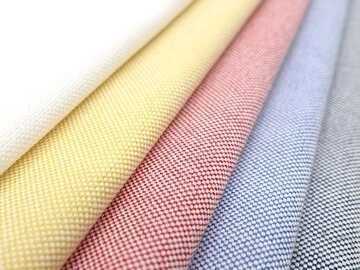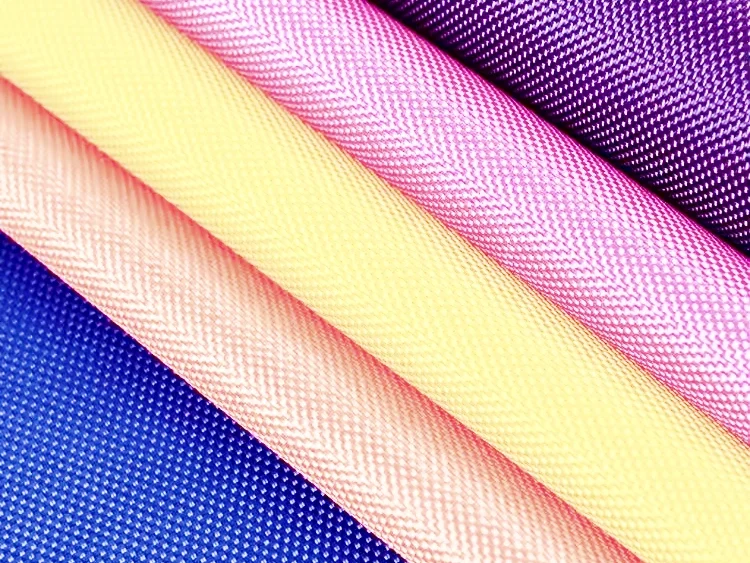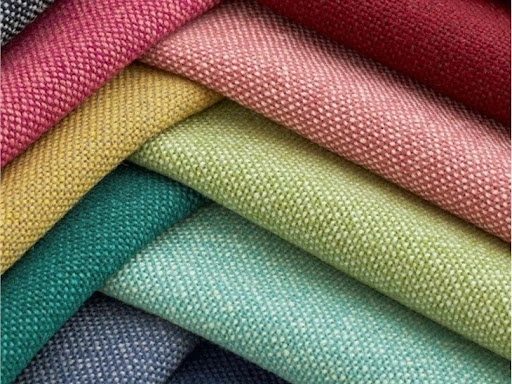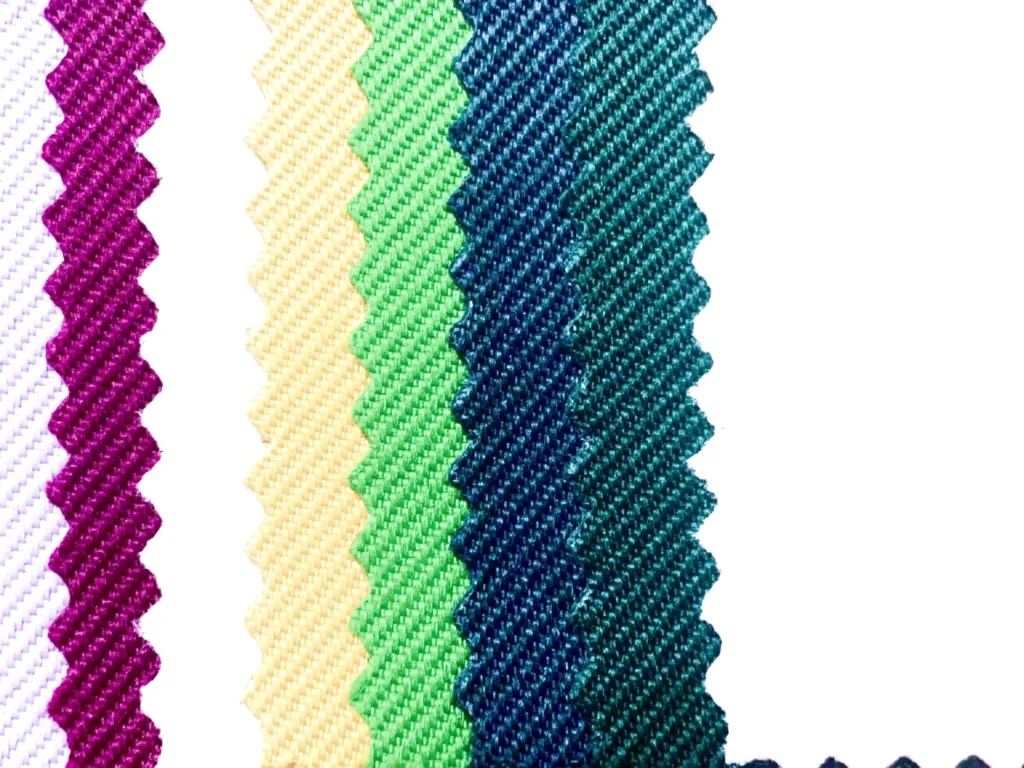As someone who loves both style and practicality, I’m often curious about the materials that make up everyday items. One fabric that pops up often, especially in bags, shirts, and even some outdoor gear, is Oxford cloth. It’s known for its durability and unique basketweave pattern, but a question I often hear, and have asked countless times myself, is “Is Oxford cloth breathable?” This is a crucial question, especially when considering comfort in different climates or for different uses. So I decided to do a deeper dive and I’m excited to share my findings with you.
What is Oxford Fabric?

Before we tackle the breathability question head-on, let’s understand what Oxford fabric actually is. It’s a type of woven fabric, typically made from cotton, but can also be a blend of cotton and synthetic fibers like polyester. Its signature characteristic is the basketweave structure, where multiple yarns are woven together to create a distinctive, slightly textured appearance. This weave contributes significantly to its strength and durability, making it a popular choice for items that need to withstand a bit of wear and tear.
Is Oxford Fabric Breathable

The answer isn’t a simple “yes” or “no.” It depends a lot on several factors, pri marily the fiber content, the specific weave density, and the treatments applied to the fabric.
In our experience, cotton Oxfords are generally more breathable than synthetics. Cotton is a natural fiber known for its breathability and moisture-wicking properties. It allows air to circulate more freely, helping to regulate body temperature and prevent clammy feelings. That’s why you often see high-quality cotton Oxford shirts—they provide a comfortable wearing experience even in warm weather.
However, when Oxfords are made from synthetic fibers such as polyester or nylon, or a high percentage of blended fibers, their breathability tends to decrease. These synthetic fibers have a lower porosity and are less breathable. While they excel in terms of water resistance and durability, they can be less comfortable to wear in humid or hot conditions and are more likely to “stuffy.”
Factors Influencing Oxford Fabric Breathability:
| Factor | Impact on Breathability |
|---|---|
| Fiber Content | Cotton: Generally good breathability due to natural fibers allowing air circulation. <br> Polyester/Nylon: Less breathable, as synthetic fibers are less porous. Blends will fall somewhere in between depending on the ratio. |
| Weave Density | A looser, more open basketweave will be more breathable than a very tightly woven Oxford fabric. Thicker yarns can also reduce airflow. |
| Fabric Weight | Lighter weight Oxford fabrics, often used for shirting, are typically more breathable than heavier weights used for bags or upholstery. The heavier the fabric, the more material there is to impede airflow. |
| Coatings/Treatments | Waterproof or water-resistant coatings, often applied to Oxford fabrics for outdoor gear or bags, significantly reduce breathability. These coatings create a barrier that prevents moisture from passing through, but also limits airflow. While beneficial for protection from the elements, they compromise the fabric’s ability to “breathe.” |
Understanding Oxford Fabric: More Than Just a Pretty Weave
Before we tackle the breathability question head-on, let’s understand what Oxford fabric actually is. It’s a type of woven fabric, typically made from cotton, but can also be a blend of cotton and synthetic fibers like polyester. Its signature characteristic is the basketweave structure, where multiple yarns are woven together to create a distinctive, slightly textured appearance. This weave contributes significantly to its strength and durability, making it a popular choice for items that need to withstand a bit of wear and tear.
A Quick Look at Oxford Fabric’s Key Characteristics:
| Feature | Description |
|---|---|
| Weave Type | Basketweave, where two or more warp yarns cross an equal number of weft yarns. |
| Common Fibers | Primarily cotton, but also cotton-polyester blends, or 100% synthetic (polyester, nylon). |
| Appearance | Slightly textured, often with a subtle sheen, and can come in various weights. |
| Durability | High, due to its tightly woven structure and often thicker yarns. |
| Common Uses | Button-down shirts (especially “Oxford shirts”), dresses, bags, luggage, backpacks, some upholstery, and outdoor gear where a balance of durability and aesthetics is desired. |
| Feel | Can range from soft and smooth (for shirting) to sturdy and somewhat stiff (for bags). |
| Cost | Generally mid-range, offering good value for its durability and aesthetic appeal. |
Cotton Oxford Fabric vs. Polyester Oxford Fabric

Let’s break down the breathability comparison between the two main types of Oxford fabric I commonly encounter:
Cotton Oxford Fabric: The Breathable Champion
When I think of an “Oxford shirt,” I immediately picture a classic, comfortable, and often breathable garment. This is typically made from 100% cotton Oxford. The natural fibers allow for excellent air circulation, making it a great choice for everyday wear, even in warmer climates. Cotton’s inherent ability to absorb moisture also helps in wicking away sweat from the body, contributing to a cooler and drier feel. This is why, if you’re looking for breathability, focusing on cotton Oxford is key.
Key takeaway for cotton Oxford: Generally, yes, cotton Oxford fabric is breathable. It’s a comfortable choice for clothing where airflow and moisture management are important.
Polyester Oxford Fabric: Durable but Less Airy
On the other hand, a lot of bags, backpacks, and even some outdoor jackets are made from Oxford polyester fabric. While incredibly durable, water-resistant (especially when coated), and resistant to shrinking and stretching, its breathability is significantly lower. Polyester fibers are essentially plastic, and they don’t have the same natural porosity as cotton. This means air doesn’t pass through as easily, and moisture can get trapped against the skin, leading to a warmer, potentially clammy sensation.
I’ve personally experienced this difference. Carrying a heavy backpack made of polyester Oxford on a warm day can definitely lead to a sweaty back, whereas a cotton Oxford shirt keeps me feeling much more comfortable.
Key takeaway for polyester Oxford: Generally, no, polyester Oxford fabric is not very breathable. It prioritizes durability and water resistance over airflow, especially when coated.
Experience and Recommendations

Having explored various types of Oxford fabric, my personal preference for clothing leans heavily towards 100% cotton Oxford. The comfort and breathability it offers, especially in warmer weather or for extended wear, are unmatched by its synthetic counterparts. I find that it wrinkles a bit more, but for me, the comfort outweighs this minor inconvenience.
For bags and other utility items, however, I appreciate the ruggedness and water resistance of polyester Oxford. It stands up well to daily abuse and protects my belongings, which is its primary function. I wouldn’t expect a backpack to be highly breathable, so its lack of airflow isn’t a dealbreaker in that context.
Tips for Choosing Oxford Fabric Based on Breathability Needs:
- Check the Label: Always look at the fiber content label. If breathability is a priority, aim for 100% cotton Oxford.
- Consider the Weave: While harder to tell without feeling it, a visibly looser weave will generally be more breathable.
- Think About the End Use: For clothing worn close to the skin, prioritize cotton for breathability. For outerwear or bags where protection from elements is key, synthetic Oxford with coatings might be more suitable, understanding the trade-off in breathability.
- Feel the Fabric: If possible, touch the fabric. A stiffer, more plasticky feel often indicates less breathability, while a softer, more natural feel suggests better airflow.
- Be Wary of “Waterproof” and “Breathable” Claims Together: While some advanced technical fabrics offer both, a truly waterproof Oxford fabric will likely have very limited breathability. Understand the compromise.
Conclusion
So, to circle back to our central question: Is Oxford fabric breathable? My conclusion is that it can be, particularly when it’s made from 100% cotton. This natural fiber allows for good airflow and helps manage moisture, making it a comfortable choice for clothing like shirts. However, when Oxford fabric incorporates synthetic fibers like polyester or is treated with water-resistant coatings, its breathability significantly decreases, prioritizing durability and protection from the elements instead.
Ultimately, understanding the fiber content and the intended use of the item is key to determining how breathable a particular Oxford fabric will be. For me, knowing this distinction helps me make informed choices, whether I’m picking out a new shirt or a durable backpack. I hope this deep dive helps you, too in navigating the versatile world of Oxford fabric!
